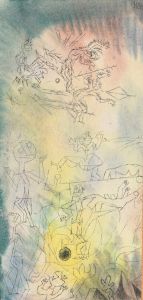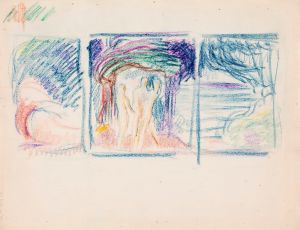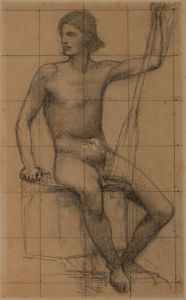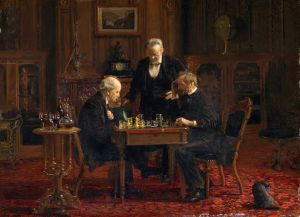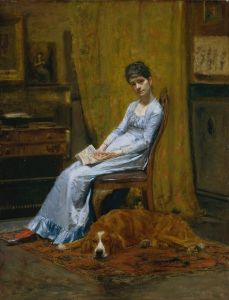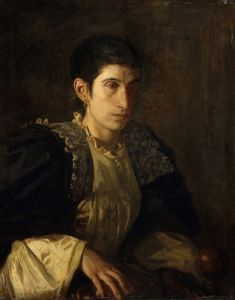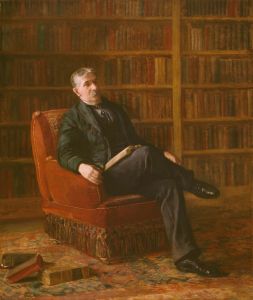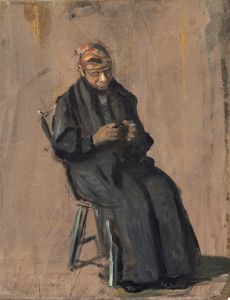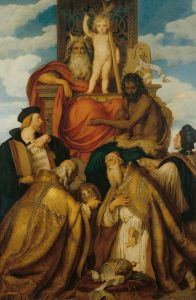
The Biglin Brothers Turning the Stake
A hand-painted replica of Thomas Eakins’s masterpiece The Biglin Brothers Turning the Stake, meticulously crafted by professional artists to capture the true essence of the original. Each piece is created with museum-quality canvas and rare mineral pigments, carefully painted by experienced artists with delicate brushstrokes and rich, layered colors to perfectly recreate the texture of the original artwork. Unlike machine-printed reproductions, this hand-painted version brings the painting to life, infused with the artist’s emotions and skill in every stroke. Whether for personal collection or home decoration, it instantly elevates the artistic atmosphere of any space.
The Biglin Brothers Turning the Stake is an oil painting created in 1873 by the American artist Thomas Eakins. The work is one of several paintings by Eakins that depict the Biglin brothers, John and Barney, who were prominent professional rowers during the late 19th century. The painting is celebrated for its dynamic composition, meticulous attention to detail, and realistic portrayal of the sport of rowing.
The artwork captures a moment during a rowing race, with the Biglin brothers maneuvering their boat to turn around a stake, a key part of the competition. Eakins' depiction of the scene emphasizes the physical effort and coordination required in the sport. The brothers are shown in a sleek racing shell, their muscular forms and synchronized movements reflecting the intensity of the race. The water ripples and reflections are rendered with great precision, showcasing Eakins' technical skill and his interest in accurately portraying natural elements.
Eakins was deeply influenced by his academic training and his interest in anatomy and motion, which is evident in this painting. He studied at the Pennsylvania Academy of the Fine Arts and later in Paris under Jean-Léon Gérôme, where he developed a strong foundation in realism. His fascination with sports and physical activity led him to create a series of works focused on rowing, a popular sport in Philadelphia during the 19th century. These paintings, including The Biglin Brothers Turning the Stake, are considered some of his most significant contributions to American art.
The painting reflects Eakins' commitment to depicting contemporary life and his admiration for the human form in action. It also highlights his use of photography as a tool for studying movement and composition. Eakins often used photographs as references for his paintings, a practice that was innovative at the time and contributed to the striking realism of his work.
The Biglin Brothers Turning the Stake is part of a larger series of rowing paintings that Eakins created in the early 1870s. These works not only document the sport but also provide a glimpse into the cultural and social life of the period. The painting is now housed in the Cleveland Museum of Art, where it remains an important example of Eakins' mastery of realism and his dedication to portraying the human experience.
This painting, along with others in the series, solidified Eakins' reputation as one of America's foremost realist painters. His ability to capture the nuances of light, water, and human anatomy continues to be admired by art historians and audiences alike.







